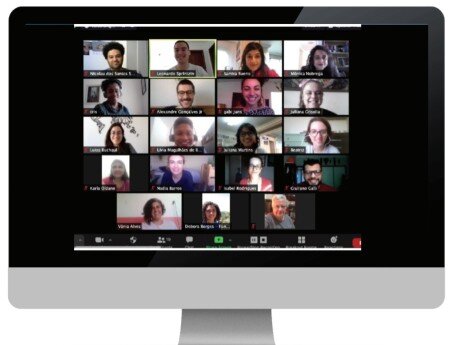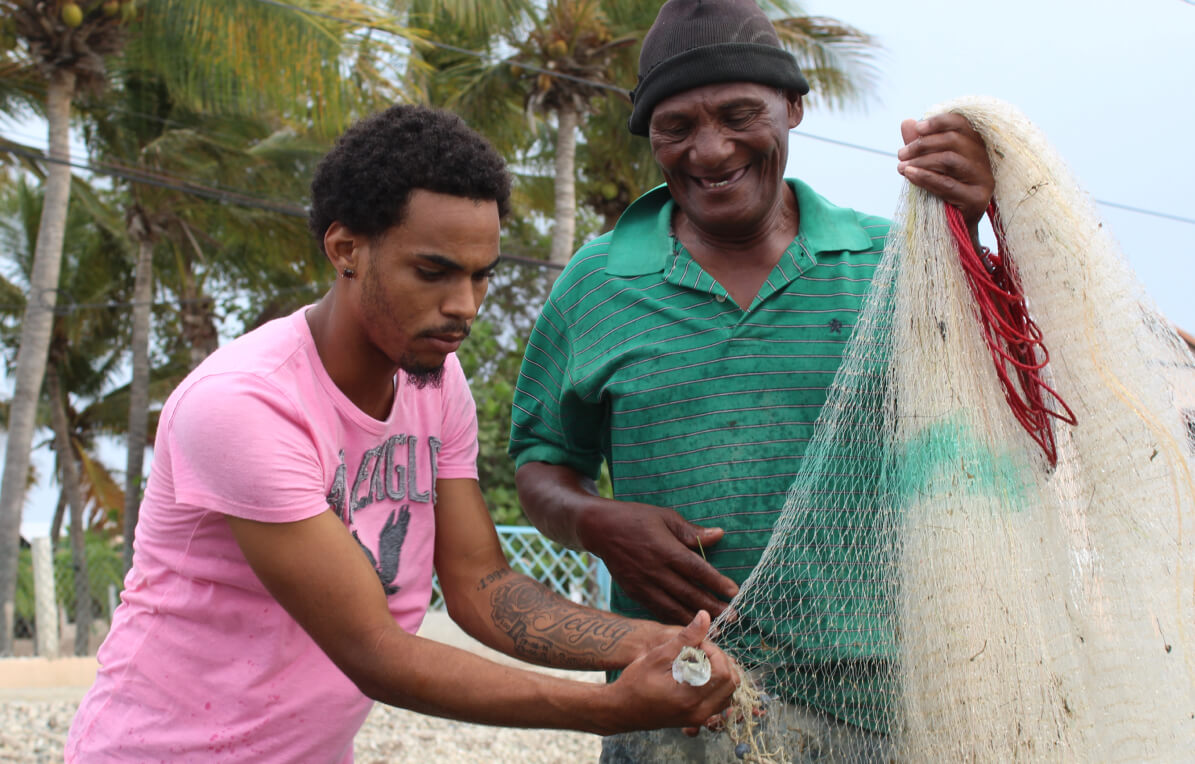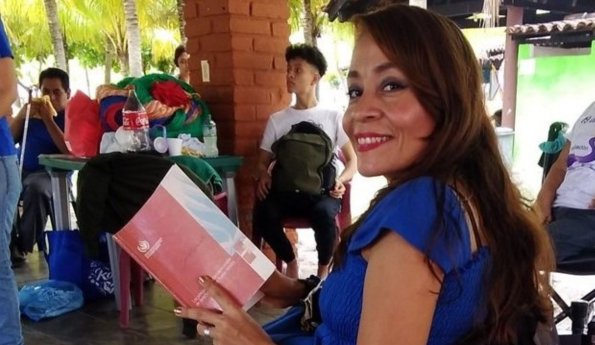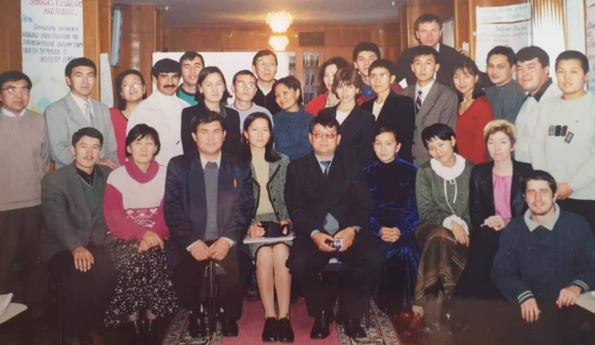
Over the last 18 months the Accelerator team has had the opportunity to work with an amazing group of 22 organizations from 9 countries. These organizations are all grantees of Oak Foundation and their work spans the spectrum from protecting LGBTQ+ rights in India to bringing farmers’ voices into the debate over landownership in Myanmar to the rights of migrants in Europe to changing the culture of impunity in the police force in Brazil. Whether combating false narratives or galvanizing people to go to the polls, all these organizations rely on strategic communications to advance their missions.
Given the diversity of contexts and cultures in which they work and the range of organizational structures and capacities, when Oak Foundation selected us as a partner, we knew this was not going to be a straightforward organizational strengthening project. To be successful we knew we had to work with the groups to better understand their needs and aspirations when it comes to their strategic communications and co-design a set of supports that would be both relevant and useful.
We love to eat at the Accelerator, so at some point we started using a dining out analogy to describe how this work is different from other approaches we might take.
When we dine out at a restaurant, we only have control over the cuisine or restaurant we choose, but not what is on the menu. For this project, we decided to open the kitchen.
We know from sector surveys, such as Grantmaker for Effective Organization’s field survey, that many foundations invest in the strengthening of the organizations they support. Often the support they offer is based off data they collect from sector surveys, focus groups and organizational assessments. From this, a foundation staff person or technical assistance provider designs a program of support. In other words, they create the menu and decide which dishes are offered. They then present this menu to their nonprofit partners, who then decide which support(s) they would like to order.
For our project we scrapped the idea of presenting a menu and instead worked with the groups to create their own menus with their own preferred dishes. All the groups participated in a facilitated assessment, through which the groups identified their strengths and weaknesses and then came to consensus on the areas in which they wanted to invest. From the assessment phase we moved into a series of virtual co-design sessions where we built the list of dishes together. These sessions focused on both what skills they wanted to learn and how they wanted to learn them.
Participatory design is not a new concept. We’ve used participatory design techniques for over 20 years to help organizations identify the challenges they want to tackle, develop and test possible solutions and evaluate their effectiveness. While it is increasingly common to see participatory design used to develop programming, we don’t see it often enough for organizational strengthening programs. Do we assume we know enough about the needs of our partners? Are we afraid to burden them with more work? What if designing the supports themselves helps to build organizational buy-in and leadership support?
As a result of this project, the groups now have a menu of supports on the technical topics they prioritized and we will deliver these supports in the way they value the most. As “experts” in organizational strengthening we could have used more traditional engagement mechanisms to gather feedback to arrive at some of the same dishes. However, using participatory design achieved several outcomes other approaches could not. 93% of workshop participants considered the content of the sessions to be relevant and timely to their work. And in the words of our partner, Biljana Dakić Đorđević at Trag Foundation,
“One of the (rarely found) qualities of the potential pilots is that they combine a more collaborative, cohort-type of peer engagement, learning and sharing, together with high-end tailored individualized expert support. Usually it is one or the other.”
Some of the key questions we are still grappling with include:
- How do the outcomes of this approach differ from a menu approach?
- What skills do foundation staff need to incorporate participatory design approaches into their work?
- What is the longer tail of impact of participatory design?
- What investments are necessary to make participatory design the norm in our work?
- What burdens might this approach place on organizations? How do they experience that burden and how can we lessen it?
As grantmakers, capacity builders, intermediaries and fiscal sponsors look to adapt their support rapidly and effectively to better meet the needs of the organizations and communities they support, participatory design is a way to create inclusive spaces, invert ideas of who is “expert” and ensure that we are providing relevant and useful supports.
When combined with an explicit commitment to address the necessary levers within our own organizations to center equity and better equip our organizations to challenge inequities external to the organization, participatory design can help to unearth:
- Where/how our organizations uphold oppressive, dominant norms in our practice that result in differential treatment, access to resources and opportunities and visibility for the nonprofits and communities we seek to serve
- Where/how our organizations can intentionally design and implement capacity strengthening programs that center the interests, needs and aspirations of the communities these programs seek to support.
We have created a project brief which provides more detail on this approach and how foundations can apply participatory design to their own work with their grantee partners. You can find the case study on our website here.




